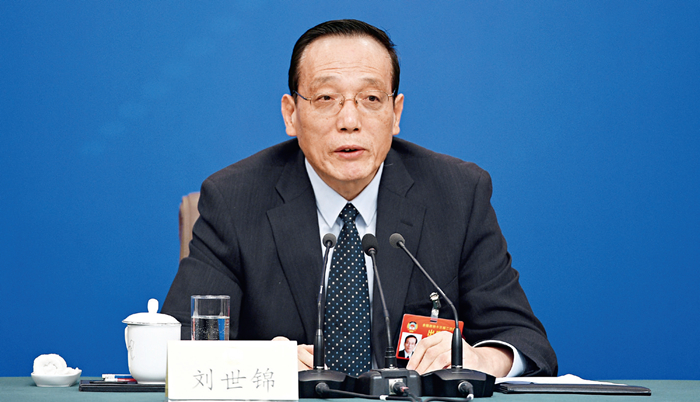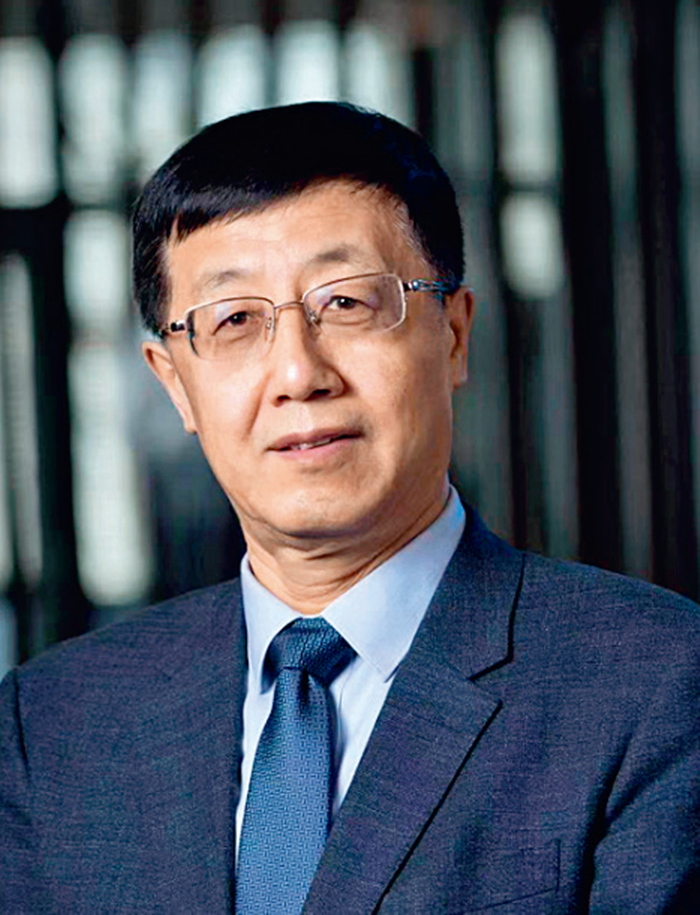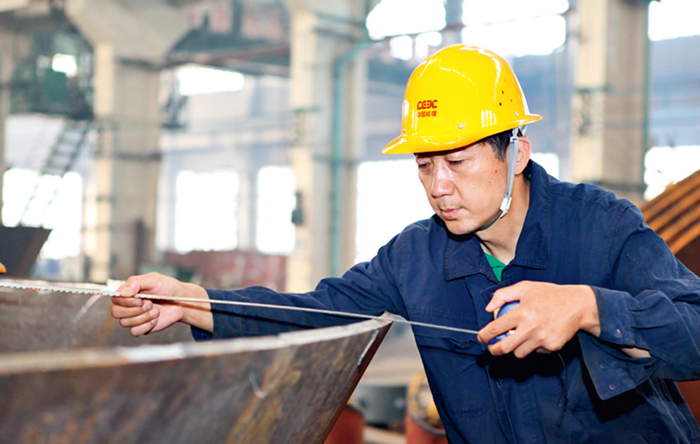|
||||||||||
| Home Nation World Business Opinion Lifestyle ChinAfrica Multimedia Columnists Documents Special Reports |
|
||||||||||
| Home Nation World Business Opinion Lifestyle ChinAfrica Multimedia Columnists Documents Special Reports |
| ChinAfrica |
| In Pursuit of Carbon Neutrality |
| China makes great efforts to achieve carbon peak and carbon neutrality goals under the new development philosophy |
| By Dang Xiaofei 丨VOL. 14 APRIL 2022 ·2022-04-14 |
China aims to have carbon dioxide emissions peak by 2030 and achieve carbon neutrality by 2060, Chinese President Xi Jinping announced at the general debate of the 75th Session of the United Nations General Assembly via video in 2020. Since then, numerous policies have been rolled out on top of the already hefty investment in green development. During this year’s Two Sessions, some NPC deputies and CPPCC National Committee members spoke to ChinAfrica about China’s efforts to achieve the twin goals under the new development philosophy.
Promoting New Energy Vehicles

Liu Shijin, CPPCC National Committee member
According to the Action Plan for Carbon Dioxide Peaking Before 2030, the share of vehicles powered by new and clean energy will reach around 40 percent, and carbon emission intensity of commercial vehicles will be cut by about 9.5 percent compared with the level of 2020. I think new energy vehicles have become a key solution for carbon neutrality. Meanwhile, carbon peak and carbon neutrality goals also contribute to boosting innovations of new energy vehicle technologies.
For example, the driving range of electric vehicles on a fully charged battery has always been a concern for consumers. However, with the continuous innovation of battery technology, the maximum range has been raised to between 300 km and 500 km, 800 km or even more than 1,000 km, making further contribution to cutting carbon emissions. At the same time, China is also making efforts in low-carbon technology innovation in the whole industry chain of new energy vehicles.
This year’s Report on the Work of the Government mentions that China will continue to support the purchase of new energy vehicles. Hence, the new energy vehicle industry still has huge growth potential. Many new players are entering this industry, and the traditional automakers are also increasing the production of new energy vehicles. According to data from the Ministry of Industry and Information Technology, during the 13th Five-Year Plan period (2016-20), the average annual growth rate of China’s new energy vehicles reached 28 percent. Last year, the sales volume of new energy vehicles in China reached 3.52 million units, a year-on-year increase of 1.6 times, ranking first globally for the seventh straight year. China ranks first in the world in the field of new energy vehicles, which helps to steer technological progress.
In order to better promote the future development of the new energy vehicle industry, the government needs to make efforts to level the playing field, formulate relevant laws and regulations, and improve infrastructure construction such as charging facilities for electric vehicles.
Green Electricity Consumption

Wu Gang, CPPCC National Committee member
Green electricity consumption is one of the most important ways to achieve carbon peak and neutrality goals for China.
At present, the awareness about clean energy consumption is growing in China. In September 2021, a total of 259 market players from 17 provinces completed 7.93 billion kwh of green power transactions online and offline. It is the first transaction after China launched a pilot program on direct trading of green power between corporate consumers and renewable energy generators, and it is also a major innovation in the power market. It marked a new chapter in clean energy electricity consumption.
The marketization of green electricity can fully reflect the environmental value of green power. Meanwhile, the profits from green electricity consumption can be channeled back into the development of green power and construction of new power plants.
Green electricity consumption needs to be linked to China’s national carbon market. At present, the carbon market includes two parts: pilot provincial and municipal carbon markets and the national carbon market. The former includes about 3,000 key companies from more than 20 industries such as electricity and steel, while the latter includes 2,162 power generation enterprises, covering more than 5,000 enterprises in total. However, compared with the total scale of 370,000 enterprises above designated size and 1.11 million public institutions nationwide, the participation rate is less than 0.5 percent.
In this regard, at this year’s Two Sessions, I put forward a proposal to promote the carbon account mechanism in enterprises and public institutions so as to boost green electricity consumption. Based on the carbon account mechanism and by linking it to the carbon market management system, China can effectively solve the problem of calculating and converting electricity output into carbon emission reduction index. Currently, the emission reduction contribution of green electricity is not reflected in the carbon emission accounting, which greatly weakens the enthusiasm of enterprises to use green power.
Cultivating Innovative Spirit

Liu Jiajun, NPC deputy
As an ordinary employee of Beijing Power Equipment Group Co. Ltd., I have been working on the production line for 39 years.
In daily work, I lead my team members to carry forward an innovative spirit and keep on improving. We manufacture coal mills, dryers and other related products to meet the domestic and international market requirement, making contributions to the high-quality development of enterprises.
Technological innovation needs talents. Hence, I pay high attention to the cultivation of high-skilled talents. Since 2019, I have made relevant suggestions on this topic. At this year’s Two Sessions, I focused on how to cultivate high-skilled personnel on the production line. Based on research, I suggested setting up a training mechanism for highly skilled personnel with the participation of the government, enterprises and society, and establishing a sound system to foster innovative spirit.
China’s carbon commitment is backed by the fact that the country has been promoting energy conservation, carbon reduction, and green development for many years. The electric power industry is the industry with the most mature carbon technology and the lowest cost, helping to achieve carbon neutrality. Lucid waters and lush mountains are invaluable assets. Although China is now facing many challenges in achieving carbon peak and carbon neutrality goals, under the guidance of Xi Jinping Thought on Ecological Civilization, we must promote ecological civilization in China with practical actions.
| About Us | Contact Us | Advertise with Us | Subscribe |
| Copyright Beijing Review All rights reserved 京ICP备08005356号-5 京公网安备110102005860号 |